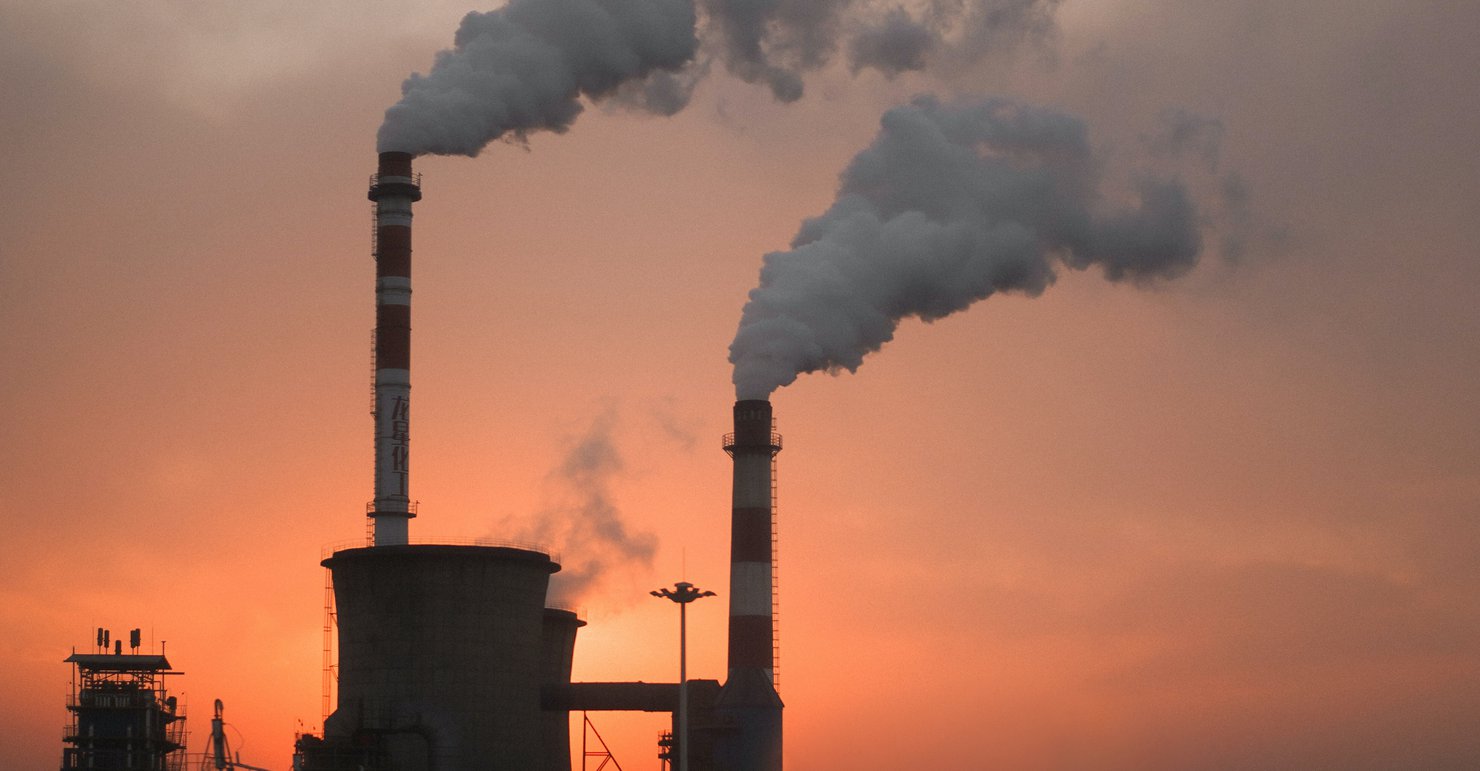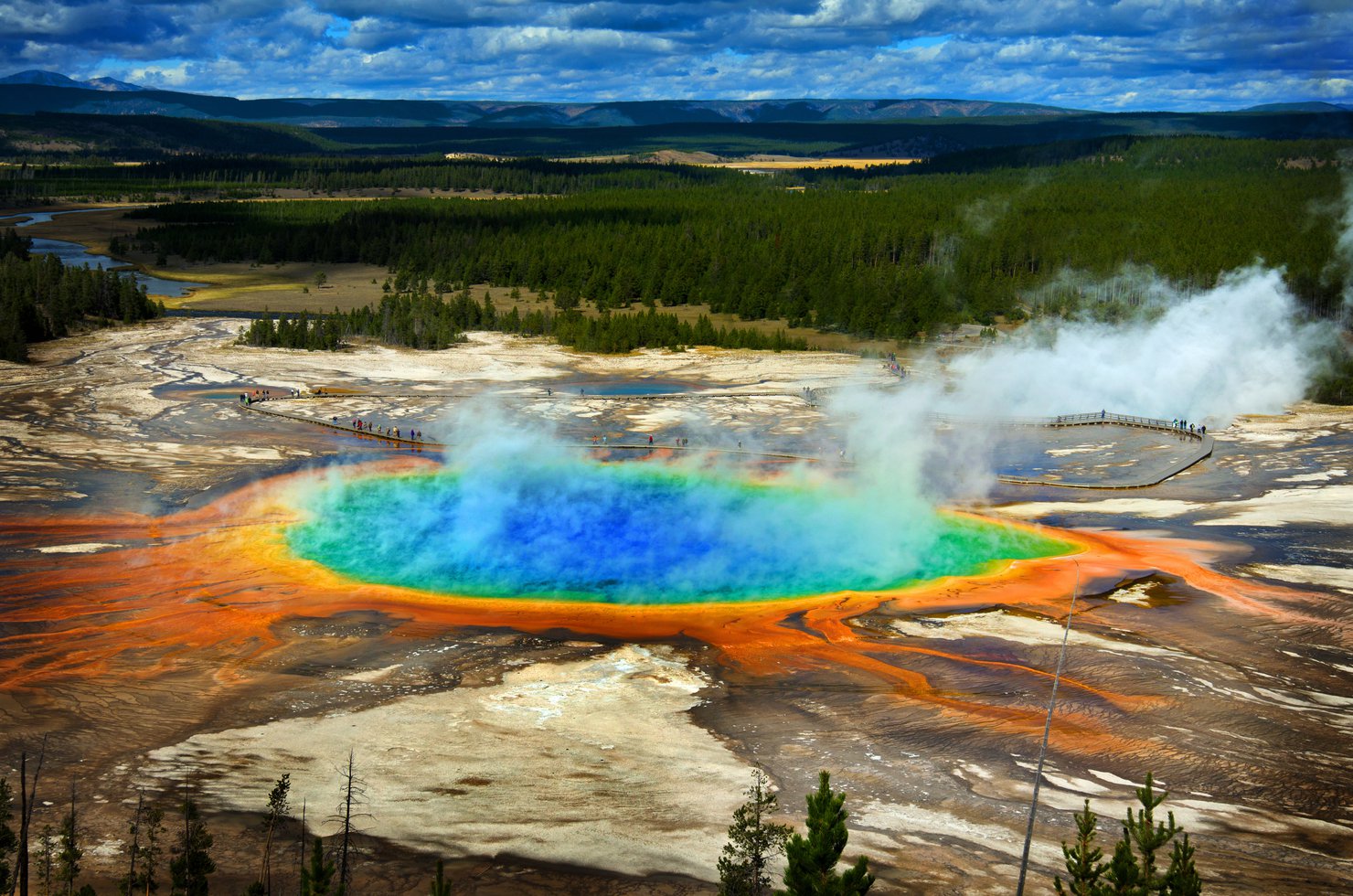Each week, we’re compiling the most relevant news stories from diverse sources online, connecting the latest environmental and energy economics research to global current events, real-time public discourse, and policy decisions. Here are some questions we’re asking and addressing with our research chops this week:
SpaceX’s recent breakthroughs could usher in a new era of commercial space travel. But what are the risks of allowing private companies to explore outer space?
Last month, SpaceX made history by becoming the first private company to send humans into orbit. The launch also represents a major achievement for NASA, which—after retiring its shuttles in 2012—has paid tens of millions of dollars to Russia to deliver American astronauts to the International Space Station. NASA Administrator Jim Bridenstine has indicated that the agency no longer plans to “purchase, own, and operate rockets and capsules” and will instead partner with the private sector, which has led the way in funding cost-effective innovations. But amid a new “space race” between companies like SpaceX and Boeing, private companies may have little incentive to fund space research that isn’t profitable, and increased private sector activity beyond Earth could create more pollution. For its part, SpaceX has responded to the excess of space junk by constructing spacecraft that is partially reusable—and its “Starship” prototype aims to be fully reusable.
This week on a new episode of the Resources Radio podcast, Michael Toman—lead economist on climate change for the World Bank’s Development Research Group—discusses SpaceX’s recent successes and why the private sector is increasingly pursuing space exploration. A former RFF senior fellow, Toman clarifies that, despite the burgeoning trend of private companies sending spacecraft into orbit, NASA continues to play an important role in tracking space travel and enforcing safety standards. He predicts that SpaceX’s recent breakthrough could portend a major shift in how space technology is funded and launched. “There was always this thought: Are we willing to trust a non-NASA entity to build and launch, when we're going to have human beings on board?” Toman says. “With SpaceX, we now see that when there's a mission, when there are standards of safety that have to be met—we don't have to have NASA do this.”
Related research and commentary:

How can we ensure that forest offset markets remain viable, even when climate change makes it harder for forests to survive?
A Senate bill introduced this month would help farmers and forest managers participate in greenhouse gas offset markets. The Growing Climate Solutions Act would require the US Department of Agriculture to establish clear protocols for carbon storage projects—like reforestation or soil carbon sequestration—and to manage a certification system that would ensure that projects fulfill environmental goals. The bill is a rare bipartisan effort on climate and comes as many Republican lawmakers advocate for reforestation as a climate change mitigation strategy. The legislation also arrives at a time when offset markets are surging in importance for the corporate world; many companies that have committed to become carbon neutral or even carbon negative hope that preserving forests can offset their emissions. Voluntary offset programs have existed since the early 2000s, and some government programs, like California’s statewide cap-and-trade program, allow companies to emit more carbon if they also fund reforestation efforts.
Crucially, though, efforts to tie reforestation to climate change mitigation only work if the forests remain intact. And according to RFF Senior Fellow Ann Bartuska and other scholars in a new Science paper, policymakers need a better understanding of the climate-driven risks impacting forests if offset markets are going to succeed. For instance, climate change heightens the risk of fires and drought, potentially intensifies the dangers posed by biotic agents that thrive in warmer or drier conditions, and increases the likelihood of destabilizing storms. While California’s offset project importantly accounts for the possibility of unforeseen forest losses, the researchers highlight other approaches that more robustly incorporate the unique dangers posed by climate change and can more precisely quantify the scale of tree mortality. Ultimately, the authors contend that reforestation efforts “have the potential to contribute to climate change mitigation … [but] they need to be informed by good science to be successful.”
Related research and commentary:

How can the US Environmental Protection Agency improve how it monitors, assesses, and limits particulate matter pollution?
After previously disbanding an independent panel tasked with reviewing policies on particulate matter, the US Environmental Protection Agency (EPA) opted earlier this year to keep standards on soot pollution the same. Now, former members of that panel are speaking out, contending in a new paper that stricter standards are necessary to protect the environment and prevent “tens of thousands of premature deaths in the United States each year.” Research suggests that particulate matter pollution is associated with a range of health complications, and that minority communities are disproportionately harmed by elevated levels of soot. But recent EPA assessments have concluded that existing regulations are sufficient and have largely downplayed the dangers of particulate matter—with EPA even pushing last week to constrain how public health benefits from decreased soot pollution are factored into regulatory decisions. EPA is accepting public comments on the proposed standards until June 29, after which the agency is expected to face a flurry of lawsuits before final implementation.
In an article from the new issue of Resources magazine, RFF Senior Fellow Alan Krupnick explores another challenge EPA faces: a land-based pollution monitoring network that underestimates particulate matter pollution. Building off previous research, Krupnick says that land-based monitors are expensive, do not run all the time, and are not present in 21 percent of US counties. But according to Krupnick, satellite data could give regulators a better sense of which areas exceed federal standards for particulate matter concentrations. While cautioning that satellite data alone is not always reliable, Krupnick advocates for “shifting the locations of land-based monitors to better measure pollution hotspots, installing new land-based monitors in areas that have none, and providing satellite readings of PM2.5 concentrations on days when the land-based system is not operating.” For more stories about regulations under the Clean Air Act, air pollution, and groundbreaking research, read more from our new Resources issue.
Related research and commentary:

Ongoing Coverage
The Great American Outdoors Act: Major Public Lands Bill Sails through the Senate
In a bipartisan vote, the Senate passed the Great American Outdoors Act this week, setting aside billions of dollars over five years to fulfill a maintenance backlog in national parks and providing $900 million annually for the Land and Water Conservation Fund. The bill now heads to the House, where a vote is expected in the coming weeks.
“In my view, the biggest news in the bill is the guaranteed $900 million per year available for new parks and conservation in the Land and Water Conservation Fund,” says RFF Senior Fellow Margaret Walls. “The fund for the maintenance backlog is a good first step, but it does not address the real issue—that we are underfunding the National Park Service and other federal land management agencies. We need to come up with a permanent funding fix, or the backlog will continue to grow after this five-year fund is depleted.”
“America’s national parks are a resource with immense environmental and cultural value. Like any resource, they will depreciate and degrade over time if our relationship with them is unsustainable,” adds RFF Research Assistant Matthew Ashenfarb.








